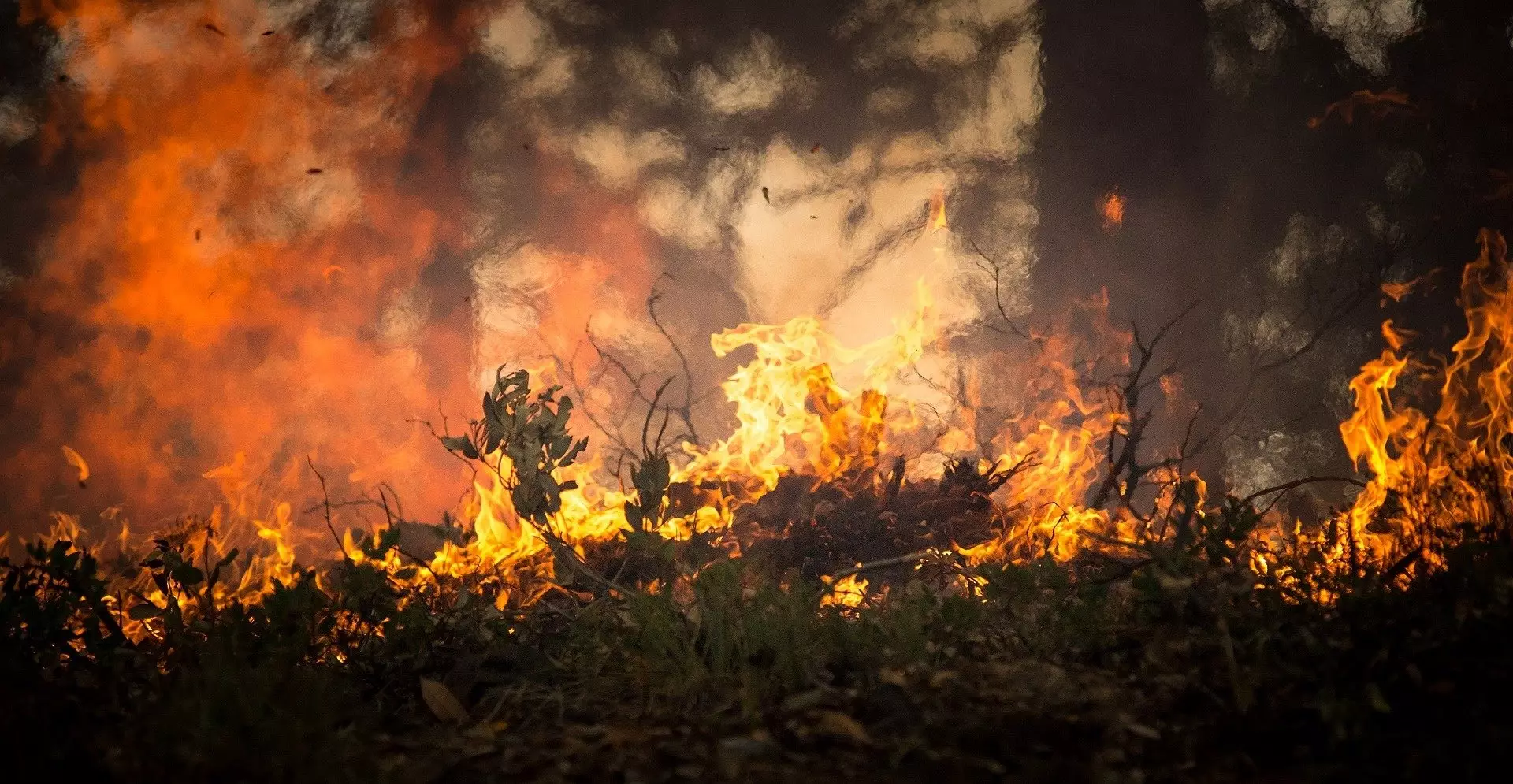The evolution of climate dynamics across South America reveals a troubling trend: the escalation of simultaneous extreme weather events. Recent studies indicate that from 1970 to 2022, the incidence of days characterized by extreme heat, drought, and elevated fire risk has dramatically surged, particularly in vulnerable regions of the continent. This increase underscores the intricate relationship between climate change and its multifaceted impacts on weather patterns, emphasizing the urgency for intervention and adaptive management.
The simultaneous manifestation of high temperatures and dryness can lead to devastating consequences for ecosystems, economies, and human health. These compound extremes do not merely present isolated challenges; they compound their effects, creating a vicious cycle of environmental degradation and socio-economic instability. The alarming increases in such occurrences—particularly in areas near the Venezuela-Colombia border and the northern Amazon—underscore the urgent need for a deeper exploration of how these converging threats impact biodiversity and livelihoods.
Research conducted by Raúl Cordero and colleagues, published in *Communications Earth & Environment*, presents compelling data mapping the frequency of these extremes across approximately 30 by 30 km grid cells in South America. The analysis, which incorporates metrics such as daily maximum temperatures and rainfall averages, has revealed an overall continent-wide increase in the frequency of simultaneous extremes. This not only contributes to a growing body of literature on climate change but also highlights specific areas that are particularly at risk and may necessitate targeted interventions.
Regional Variability and Climate Patterns
Critical to understanding these trends is the role of larger climate phenomena, like the El Niño-Southern Oscillation (ENSO), which has been shown to influence regional fire risks substantially. During the El Niño phase, the risk intensifies particularly in the northern Amazon, whereas the La Niña phase shifts this risk focus towards central South America. This variability underscores the complexity of climate interactions and the necessity for localized responses that address specific regional needs.
Implications for Public Health and Vulnerable Populations
As the frequency of dangerous weather patterns increases, the implications extend beyond environmental concerns. The heightened incidence of fire risk and dry spells poses severe public health threats, particularly for rural and indigenous populations who often lack the resources to adapt to such extremes. The emission of black carbon from increased fire activity further exacerbates global warming, illustrating a harmful feedback loop that endangers both local communities and the planet at large.
Policy Recommendations and Future Steps
Given the clear evidence of increasing climate extremes, there is an urgent call for policymakers in South America to prioritize strategies aimed at mitigating these risks. Proactive planning must include vulnerable populations in discussions about adaptation strategies and disaster response. By fostering community resilience and employing sustainable land management practices, it is possible to alleviate some of the pressures imposed by these compounded climate challenges.
The exacerbation of compound climate extremes across South America demands immediate global attention and intervention. The complex interplay between climate change, ecosystem degradation, and socio-economic vulnerability illustrates the necessity for comprehensive and nuanced policy frameworks that address these interlinked problems effectively. The time for action is now; the survival of both communities and environments hangs in the balance.


Leave a Reply